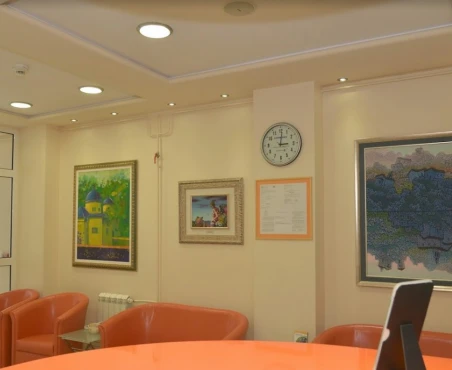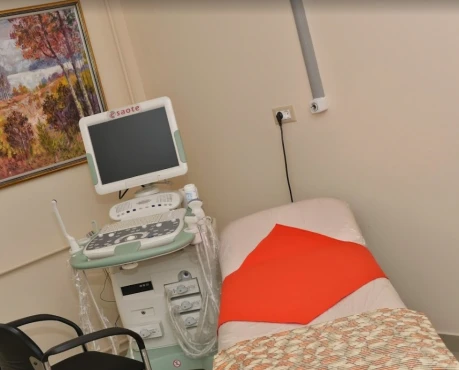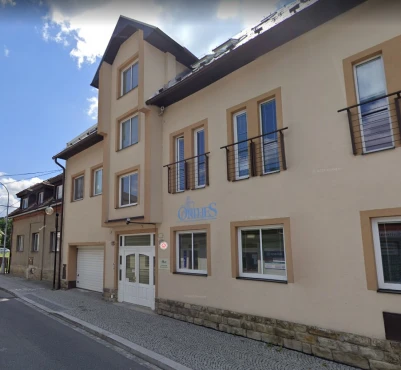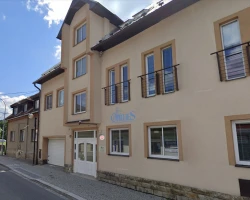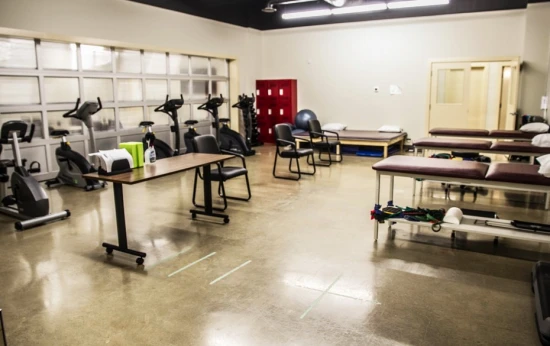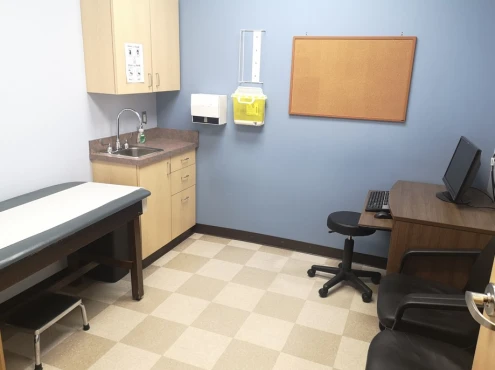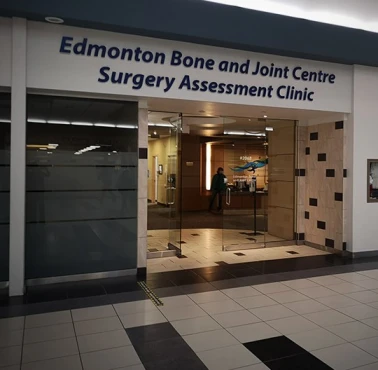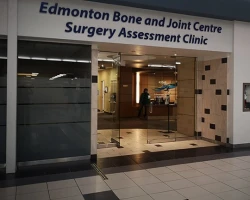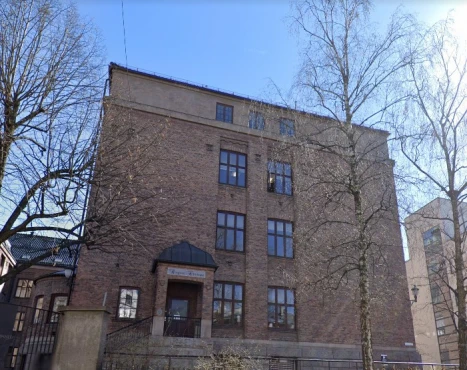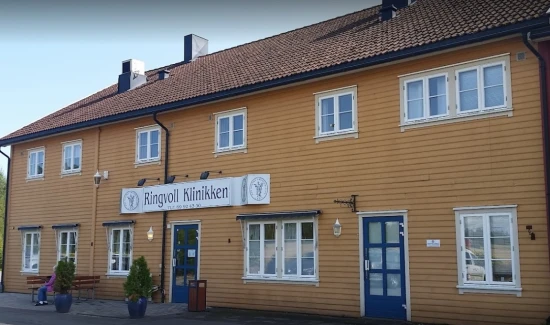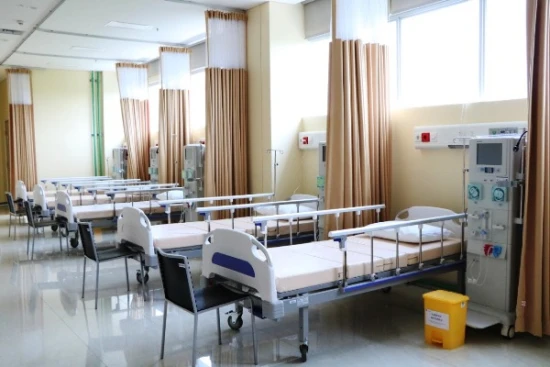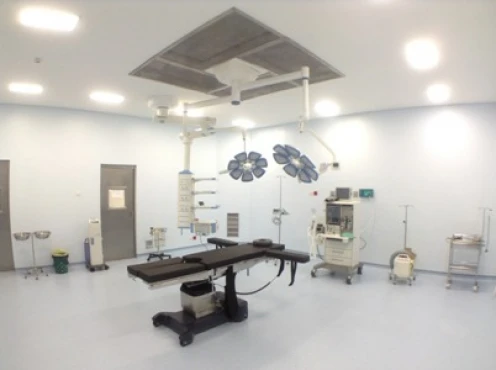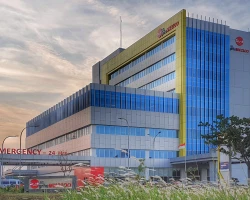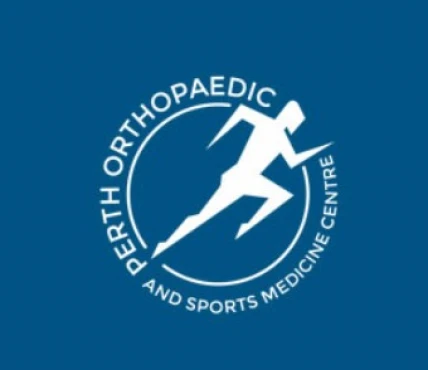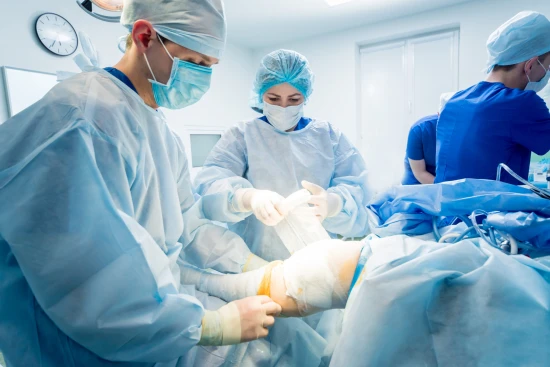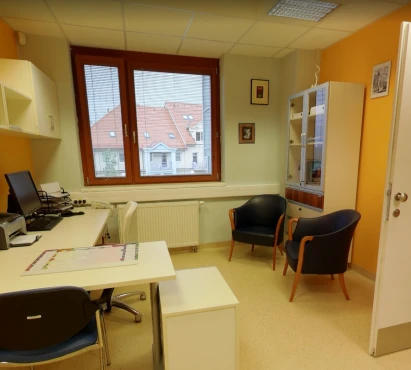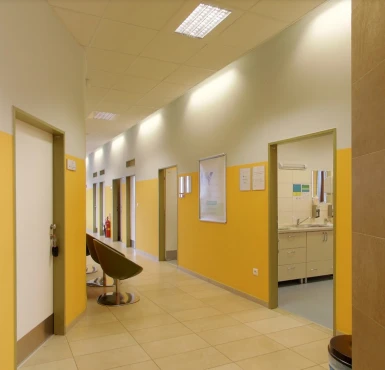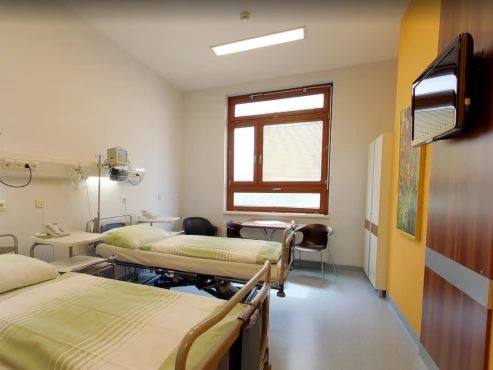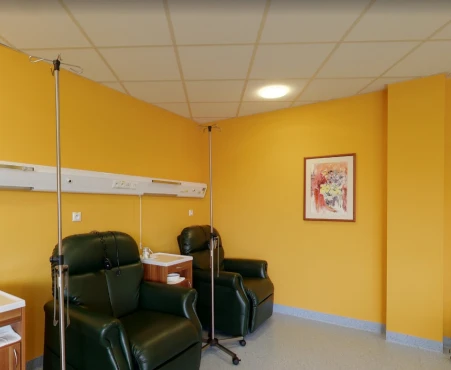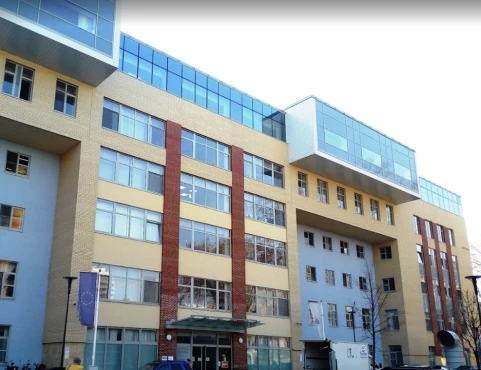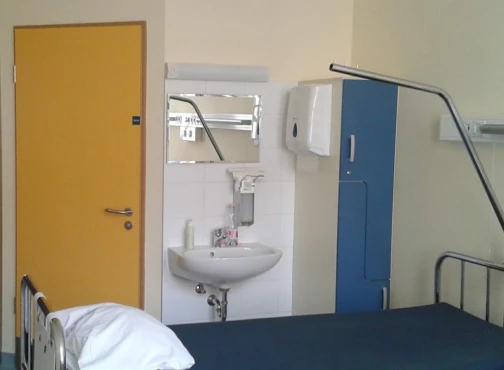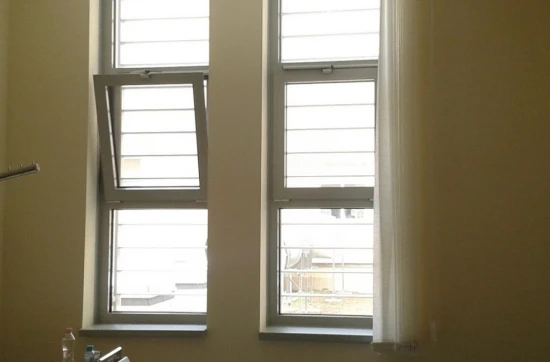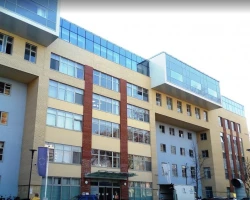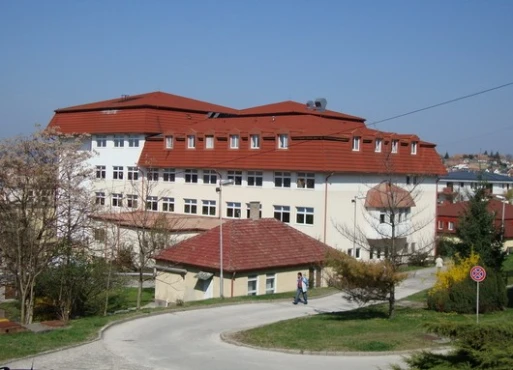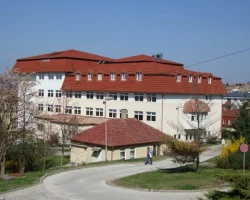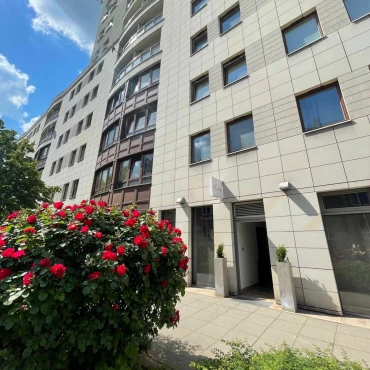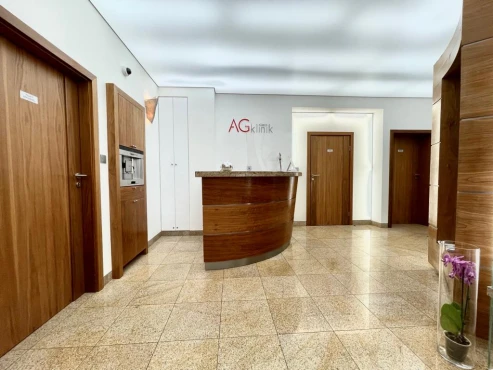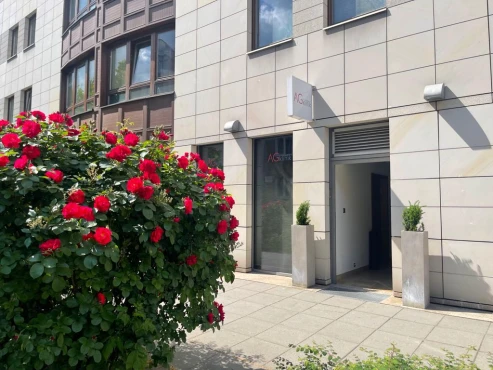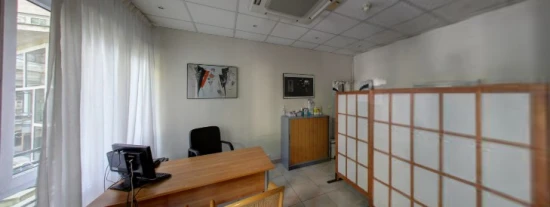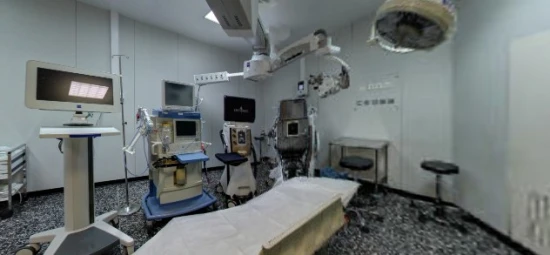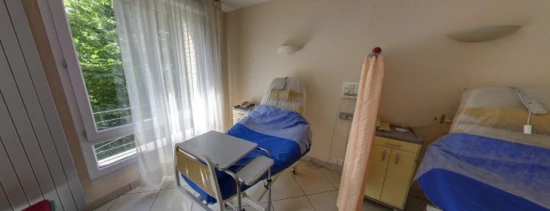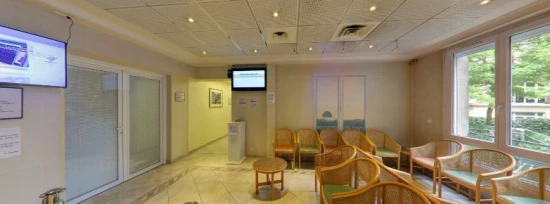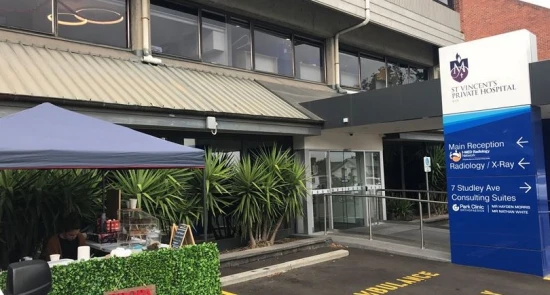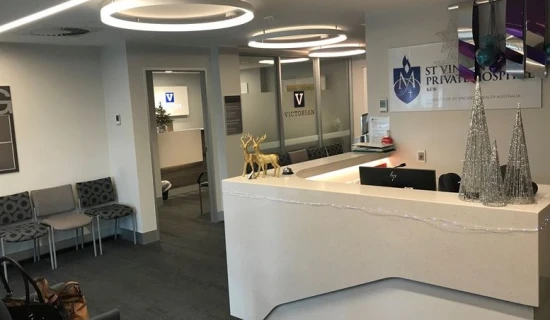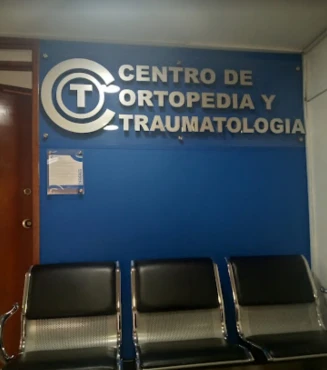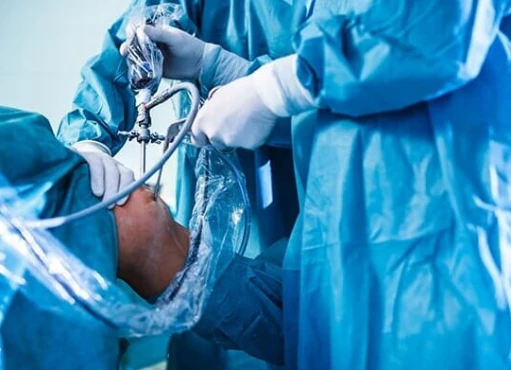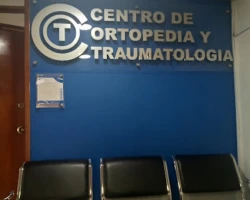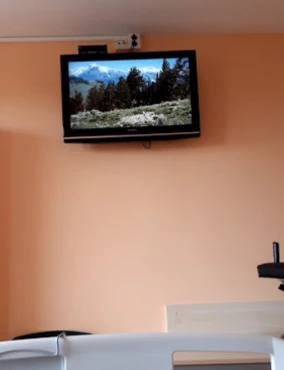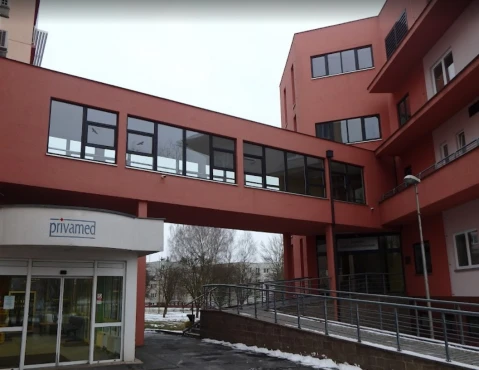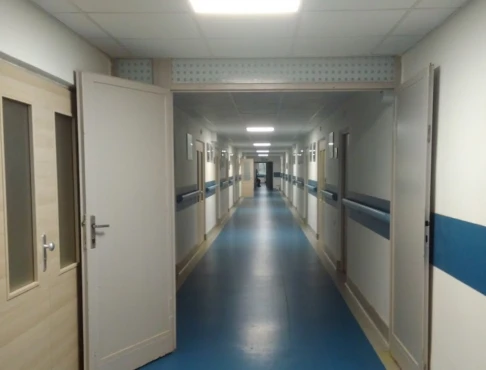Latarjet Procedure in Clinics – Overview
Shoulder instability is a common medical condition in young adults who engage in contact and team sports. Studies show that up to 2.8% of the young population develops shoulder instability every year. Some cases may be due to rotator cuff muscle weakness, which is very prevalent.
In this article, we will review a less-known procedure that might resolve shoulder instability. By the end of this post, you will have all the related resources and information to treat shoulder dislocation once and for all.
Defining the Latarjet procedure
The Latarjet procedure is a surgery that treats recurrent shoulder dislocations. In 1954, a doctor from France named Michel Latarjet discussed this procedure for the first time.
In the recent past, healthcare professionals performed non-surgical treatments to reestablish shoulder stability. Unfortunately, the response to these treatments is disappointing. In fact, the recurrence rate can reach as high as 90%. On the other hand, the recurrence rate after surgical reconstruction ranges between 10% to 21%. As a result, current international manuals are different.
Factors that may increase the risk of recurrence include:
- Age (youth);
- Contact sports;
- Physically active careers (construction workers);
- Intraarticular injuries (e.g., tears of ligaments and tendons);
- Bone loss (e.g., humeral socket, scapula);
- Worn cartilage or meniscus;
- Frozen shoulder syndrome;
- Chronic tendonitis (especially near the sternoclavicular region).
Enter – the Latarjet procedure.
In a 2010 study, researchers identified the crucial role of bone loss in shoulder instability. The authors of this research paper outlined the potential impact of losing bone mass in treatment failure. For this reason, healthcare professionals should consider the Latarjet procedure when bone loss exceeds 20% of the shoulder bone.
Alternatively, the Latarjet procedure may be suitable for athletes prone to shoulder instability. This is feasible even when the osteolysis is not that bad.
The indications for the Latarjet surgery
Open and arthroscopic surgeries both have a good record in the management of shoulder instability. What sets the Latarjet procedure apart from other solutions is its low failure rate.
This procedure is effective in treating complete primary or secondary shoulder dislocation. It’s also effective for partial dislocations, regardless of whether you have bone loss or joint looseness (i.e., hyperlaxity).
Researchers found that being selective about the candidates for Latarjet is essential for success rate. Additionally, the success of the surgery is operator-dependent. In other words, the skills and experience of your healthcare professional are key factors in clinical outcome.
Potential risks of the Latarjet procedure
Repeated shoulder dislocation
The Latarjet procedure has a low failure rate. However, there are still some cases where shoulder dislocation may reoccur. Generally speaking, about 1-3% of cases will deal with this issue. Elements that increase the risk of failure are:
- Poor patient selection;
- Technical errors;
- Post-op complications (e.g., fractures, incorrect placement of grafts).
Persistent worry in athletes
Professional athletes might be afraid of overhead movements or contracting their biceps/triceps abruptly. This is especially true after the procedure.
Neurological issues
Similar to other surgeries, the Latarjet procedure might cause nerve damage. This complication affects 1% of cases. Luckily, we can mitigate this risk by using precise surgical techniques.
Hematoma
Hematoma is defined as a swelling that follows blood clotting, and it occurs in 1-2% of cases. The good news is that you can easily manage this complication by applying cold packs and taking pain medicines. In some rare cases, the swelling may grow too big, requiring surgical drainage.
Infection
This risk is not specific to the Latarjet procedure. Post-operative infection is a possible complication of all surgical procedures. Taking proper hygiene steps reduces the risk of infections. If you develop an infection, your doctor will prescribe antibiotics.
Stiffness and loss of external rotation
After surgery, patients can experience stiffness and loss of rotation. However, it is generally not significant. What’s more, you can manage this risk by sticking to a good post-op rehabilitation program.
Bone block non-union
Another possible complication is the lack of union in the bone block used in the surgery. It tends to happen in 1.5% to 9% of cases.
To encourage bone repair, several steps are recommended, including:
- Preparing flat surfaces of the graft;
- Careful cutting of the bone;
- Proper placement of the bone block;
- Using two screws for fixation.
Osteoarthritis
The last complication is osteoarthritis following the surgery. The following factors may that increase the risk of osteoarthritis include:
- Pre-existing osteoarthritis;
- Older age;
- Contact sports (injury).
Some modifications to the surgical technique can potentially reduce the risk of osteoarthritis.
How to prepare for the procedure
First, you need to get an appointment with your doctor. After that, he/she will take your medical history and run a few tests to identify the location of the instability. During the consultation, the goal is to accurately diagnose your condition. Therefore, make sure to share everything related to your shoulder instability, including how often you hear snapping and the negative impacts it has on your quality of life. If this is a pediatric case, things might be different.
You can prepare yourself for the surgery using the following steps:
- Learn about the procedure – Learn about whether you are a candidate for the Latarjet procedure and other aspects (e.g., benefits, risks, recovery goals). Do not get bogged down by the terminology. When things get overwhelming, go back to the main points.
- Improve your physical health – Work on your general physical status. Also, focus on strengthening your shoulder and arm muscles for better outcomes.
- Adopt a healthy diet – Maintain a balanced diet and control your weight to accelerate recovery.
- Quit smoking – Avoid smoking before your surgery as it can negatively impact your recovery.
- Stick to your doctor’s guidelines – Follow all pre-surgery instructions that your doctor provides.
- Prepare yourself mentally – Prepare yourself mentally for the surgery and recovery process. Read about stories and testimonials from people who underwent the surgery.
- Have a support system – Ask your family or friends for a helping hand with tasks after the surgery, including cooking, cleaning, and driving.
- Commit to rehabilitation – Be ready for rehab exercises after your surgery. Do not skip any session. It will help you significantly with the prevention of shoulder instability.
What to expect from the procedure?
During Latarjet procedure
Your doctor will start the procedure using a simple cut in the shoulder. This surgery aims to strengthen the shoulder joint. Therefore, your doctor transfers bone tissue to a bony structure called the glenoid. The additional tissue comes from a nearby structure called the coracoid. The replacement of the tissue prevents future dislocations.
After that, your orthopedic surgeons will detach the coracoid and bring it a bit forward to the front part of the shoulder joint. When it's in the correct spot, screws will be utilized to secure it. Ultimately, this will keep your shoulder firmly in place.
Disclaimer: ask your doctor whether your insurance covers the costs of these medical services. You can also inquire about the privacy policy of the clinic.
After Latarjet procedure
After the Latarjet surgery, you can quickly go home but you will most likely need 4-6 months to fully recover.
Your healthcare professional will guide you through the healing journey:
- Your arm will be in a sling for 3-4 weeks (up to 1 month) to help it heal without moving too much.
- To reduce swelling and pain, you should apply ice to the area. This will also ensure the stabilization of the shoulder joint.
- Your orthopedic surgeon may suggest painkillers to manage the discomfort that occurs after the surgery. You can request these drugs if your pain is moderate or severe.
- Your arm must remain in the sling all the time.
- Under your doctor’s supervision, you will start a special physical therapy program.
- Typically, this program comprises gentle exercises, active movements, and strength training.
- You can expect to return to your normal routine in about 5-6 months.

